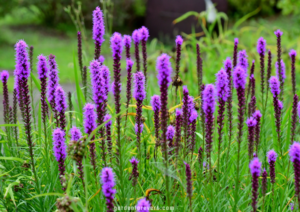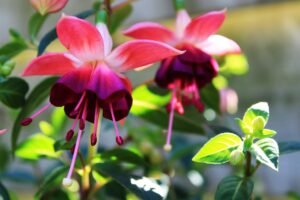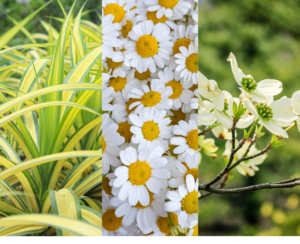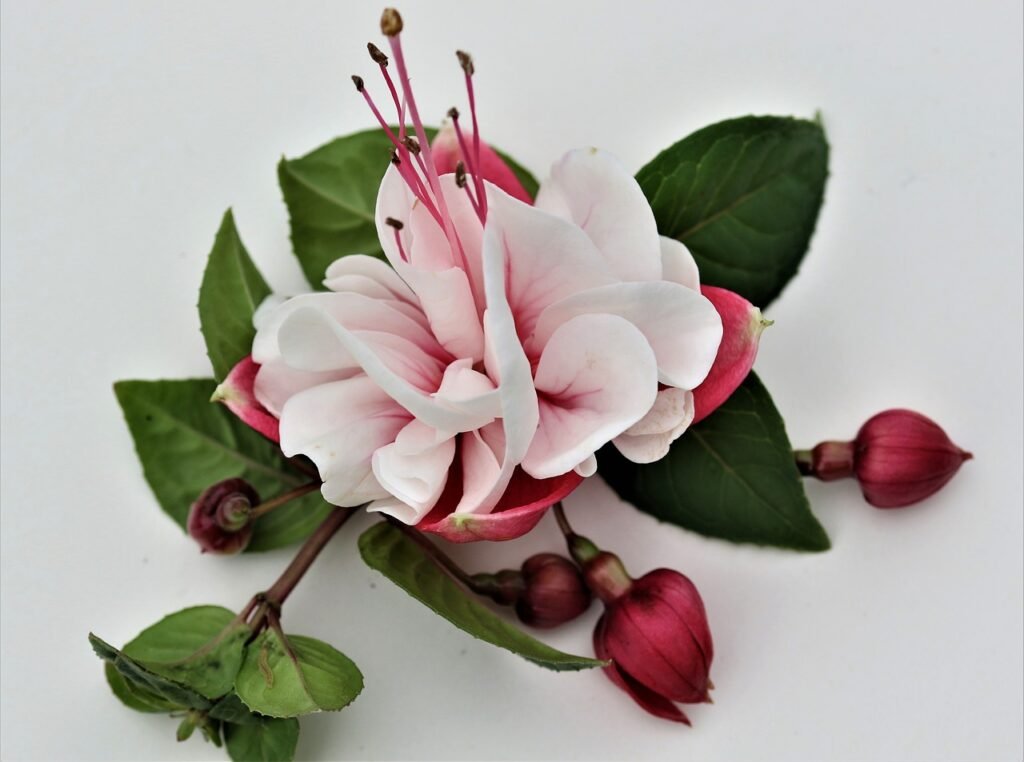Stop Fiddle Leaf Fig Brown Spots Fast & Easy

The fiddle leaf fig, known for its large, glossy leaves and vibrant green color, has become a favorite among houseplant enthusiasts. However, despite its popularity, the fiddle leaf fig is notorious for being a bit finicky, especially when brown spots start to appear on its leaves. If you’ve noticed brown spots on your fiddle leaf fig, you’re not alone. Understanding the causes and knowing how to treat them can help you keep your plant healthy and thriving. Here are five reasons why your fiddle leaf fig might have brown spots and how you can fix them.
Table of Contents
Overwatering
One of the most common reasons for brown spots on a fiddle leaf fig is overwatering. When the roots of the fiddle leaf fig plant are waterlogged, they can’t breathe properly, leading to root rot. This condition often manifests as brown spots that start at the edges of the leaves and work their way inward.
How to Fix It:
- Check the Soil Moisture:
Before watering your fiddle leaf fig, check the soil moisture. Only water when the top inch of soil feels dry.
Improve Drainage:
Make sure your pot has drainage holes, and consider using a well-draining soil mix.
Adjust Watering Frequency:
Reduce the frequency of watering, especially during the winter months when the plant’s growth slows down.
Underwatering
On the flip side, underwatering can also cause brown spots on a fiddle leaf fig. When a fiddle leaf fig doesn’t get enough water, the leaves can become dry and develop brown, crispy spots. These usually appear at the tips or edges of the leaves.
How to fix it:
Establish
A Watering Routine: Water your fiddle leaf fig regularly, ensuring the soil is evenly moist but not soggy.
Consider Humidity:
Fiddle leaf figs prefer a humid environment. If the air in your home is dry, especially in the winter, consider using a humidifier or placing a tray of water near the plant.
Pests and Diseases
Pests like spider mites on fiddle leaf figs can also lead to brown spots. Spider mites are tiny and often go unnoticed until the damage is visible. They feed on the plant’s sap, causing small brown or red spots to appear on the leaves.
How to Fix It:
- Inspect Regularly:
Regularly inspect your fiddle leaf fig for signs of pests. Look under the leaves and along the stems.
- Treat with Insecticidal Soap:
If you notice spider mites or other pests, treat your plant with an insecticidal soap or neem oil.
- Isolate Affected Plants:
To prevent the spread of pests, isolate your fiddle leaf fig from other plants until the infestation is under control.

Fungal Infections
Fungal infections are another culprit behind those unsightly brown spots on fiddle leaf figs. Overly damp conditions and poor air circulation can lead to fungal growth, which appears as dark brown or black spots on the leaves.
How to Fix It:
- Improve Air Circulation:
Place your fiddle leaf fig in a spot where it can get good air circulation. Avoid placing it too close to other plants or in a corner.
- Prune Affected Leaves:
Trim off any leaves that show signs of fungal infection to prevent the spread of the disease. Knowing how to trim a fiddle leaf fig properly is essential for maintaining its shape and health.
- Avoid Wetting Leaves:
When watering, avoid getting the leaves wet, as moisture can promote fungal growth.
Nutrient Deficiency
Brown spots can also be a sign that your fiddle leaf fig isn’t getting the nutrients it needs. A lack of essential nutrients, such as nitrogen or magnesium, can cause the leaves to develop brown spots or edges.
How to Fix It:
Use a Balanced Fiddle Leaf Fig Fertilizer:
Feed your plant with a balanced fertilizer designed for fiddle leaf figs. Make sure to follow the instructions on the packaging to avoid over-fertilization, which can also cause leaf damage.
Consider Plant Food:
Using a specialized fiddle leaf fig plant food can provide the necessary nutrients that might be missing from your regular soil mix.
Monitor Growth:
Keep an eye on your plant’s growth and adjust feeding schedules as needed. Variegated fiddle leaf figs might require different care, so be mindful of their specific needs.
Related
Bonus Tips for a Healthy Fiddle Leaf Fig
How to Fix It:
Propagation Tips:
If your fiddle leaf fig lost all its leaves or you want to create new plants, learning how to propagate fiddle leaf figs can be a rewarding experience. Propagation can be done using cuttings, but ensure you’re doing it in the right season and conditions.
Watch for Other Signs:
Apart from brown spots, other issues such as red spots on fiddle leaf figs can indicate different problems, like bacterial infections. Each sign requires specific care and attention.
Size Matters:
If you have a large fiddle leaf fig tree, ensure you’re using a pot that provides adequate room for root growth and supports the plant’s size.
Brown spots on your fiddle leaf fig can be alarming, but with proper care and attention, you can restore your plant to health. By understanding the underlying causes, from watering habits to pest infestations, you can take the necessary steps to prevent further damage. Remember to check your fiddle leaf fig regularly, provide it with the right nutrients, and maintain optimal growing conditions. With a little effort, your fiddle leaf fig can continue to be a stunning addition to your indoor plant collection.
FAQ
Are Fiddle Leaf Figs Toxic to Cats?
Answer: If you have pets, you may be wondering, “Are fiddle leaf figs toxic to cats?” Yes, fiddle leaf figs are toxic to cats if ingested. It’s best to keep these plants out of reach of curious pets to avoid any health issues.
How to Trim Fiddle Leaf Fig?
Answer: Trim your fiddle leaf fig in spring and early summer. Identify the damaged or diseased leaves to cut off. Make clean angled cuts for new growth.
How to Propagate Fiddle Leaf Fig?
Answer: Take a cutting from a healthy stem to propagate fiddle leaf fig. Place the cutting in a pot or jar with well-draining soil and keep it in a bright place. When it grows in few inches, it can be planted into soil.










